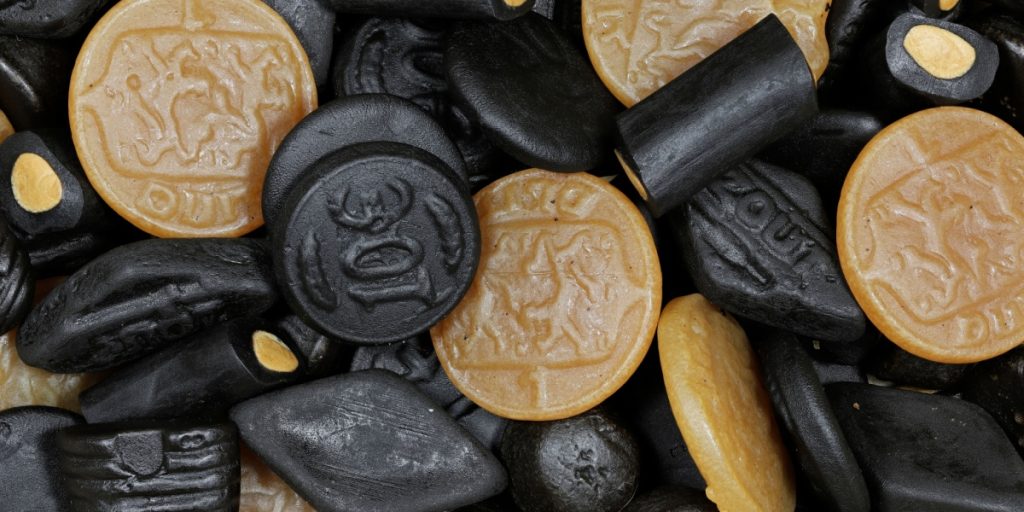Licorice may seem like a harmless treat, but researchers warn that it could pose long-term risks to heart health.
Others are reading now
Not everyone may be aware, but excessive consumption of licorice can significantly raise blood pressure and should only be consumed in small quantities.
The World Health Organization (WHO) advises that individuals should not consume more than 100 milligrams of glycyrrhizic acid—a compound naturally present in licorice—on a daily basis.
Swedish researchers have now explored the effects of this amount on the body, finding that licorice is more potent than previously believed. Their study, published in the American Journal of Clinical Nutrition, reveals surprising results.
Small Amounts, Significant Impact
The study involved 28 healthy participants who, over a two-week period, consumed licorice containing glycyrrhizic acid daily. They then took a two-week break before consuming licorice without the acid for another two weeks. Throughout this period, their blood pressure was monitored daily.
Also read
Participants needed to consume only 3.3 grams of licorice to reach the 100 milligram threshold of the acid. This intake led to an average increase in blood pressure of 3.1 mmHg among the participants.
“An increase in blood pressure by 3.1 mmHg could elevate the risk of future cardiovascular diseases such as strokes and heart attacks if it persists over a long time,” explains Peder af Geijerstam from the Department of Health, Medicine and Caring Sciences at Linköping University to Illustreret Videnskab.
However, the increase was more significant in some participants, highlighting the need for further research and recommendations.
A Daily Limit
The glycyrrhizic acid in licorice affects a kidney enzyme, altering the body’s fluid balance. Due to the high content in raw licorice, some food scientists recommend consuming no more than 2 grams of raw licorice per day. For regular licorice, they advise limiting the consumption to no more than 50 grams per day.
Licorice is found not only in candy but also in tea, chocolate, ice cream, lozenges, and chewing gum. WHO, among others, advises caution in consuming too much of these licorice-containing products at once.


